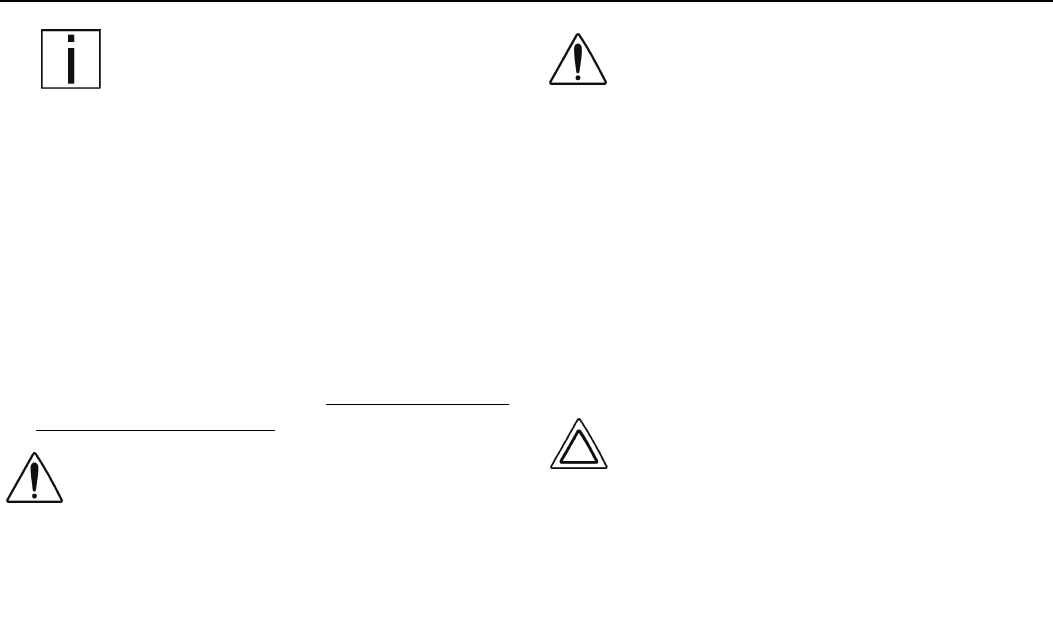Specifications

STARTING AND OPERATING THE VEHICLE
Medium Duty
(R05/09) Y53-6008A – 93 –
NOTE: In colder climates where the tempera-
tures are often below freezing, sufficient warm-
up for turbocharged engines is especially impor-
tant. Chilled external oil lines leading to the tur-
bocharger will slow the oil flow until the oil
warms, reducing oil available for the bearings.
Watch the engine oil pressure gauge for a
warming trend before increasing engine idle
speed (rpm).
3. Continue the engine warm-up until the coolant tem-
perature reaches at least 130°F (54°C). At this tem-
perature, you can use partial throttle. Wait until the
coolant temperature is at least 160°F (71°C) before
operating at full throttle. See “
Operating Manual
Transmissions” on page 96.
WARNING! Exhaust fumes from the engine
contain carbon monoxide, a colorless and
odorless gas. A poorly maintained, damaged,
or corroded exhaust system can allow carbon
monoxide to enter the cab or sleeper. Failure
to properly maintain your vehicle could cause
carbon monoxide to enter the cab and cause
serious illnesses.
WARNING! Never idle your vehicle for pro-
longed periods of time if you sense that
exhaust fumes are entering the cab. Investi-
gate the cause of the fumes and correct it as
soon as possible. If the vehicle must be driven
under these conditions, drive only with the
windows slightly open. Failure to repair the
source of the exhaust fumes may lead to per-
sonal harm.
Idling the Engine
Under most circumstances, continuous idling of your
engine merely wastes fuel. In severe Arctic weather condi-
tions, however, you may need longer idling to be sure all
parts of your engine are fully lubricated.
CAUTION: Do not allow your engine to idle, at
low rpm (400–600 rpm), longer than five min-
utes. Long periods of idling after the engine
has reached operating temperatures can
decrease engine temperature and cause
gummed piston rings, clogged injectors, and
possible engine damage from lack of lubrica-
tion. The normal torsional vibrations gener-
ated can also cause transmission wear.










